T1D Guide
T1D Strong News
Personal Stories
Resources
T1D Misdiagnosis
T1D Early Detection
Research/Clinical Trials
Food Noise, Diabetes, and GLP-1s like Ozempic
If you’ve ever felt like your brain just won’t stop thinking about food, you’ve experienced what researchers are calling food noise. Unlike the occasional craving, food noise feels like constant, intrusive thoughts about eating — whether you’re physically hungry or not.
.jpg)
For many people living with diabetes, food noise can be especially overwhelming because we don’t regulate five other hormones that help manage cravings, satiety, and how quickly we digest food!
Food noise is a non-stop mental distraction that can make it harder to manage your blood sugar, weight, and overall well-being as a person with type 1 diabetes (T1D) or type 2 diabetes (T2D).
Recently, Novo Nordisk (yup, the makers of Wegovy and Ozempic) highlighted survey results showing that people taking GLP-1 medications like semaglutide experience a major drop in food noise. Well, sure, of course, the makers of the drug are gonna say it helps.
But I take a microdose of Ozempic — and it really does help a lot.
In fact, I’d dare to say it’s a bit life-changing, because it completely calms that constant stream of thought about food.
What Exactly is Food Noise?
Food noise isn’t just wanting a cookie because you saw an ad for cookies. It’s more like food running on repeat in your head — dominating your day and making it tough to focus on anything else.
Personally, I found it exhausting, but I put a great deal of effort into ignoring it every single day. I’d remind myself, “You just ate lunch an hour ago. You don’t need more food.”
Food noise can feel overwhelming and very discouraging when you’re working so hard to manage your nutrition, weight, and blood sugars. It can also lead to binge-eating and other self-destructive habits around food.
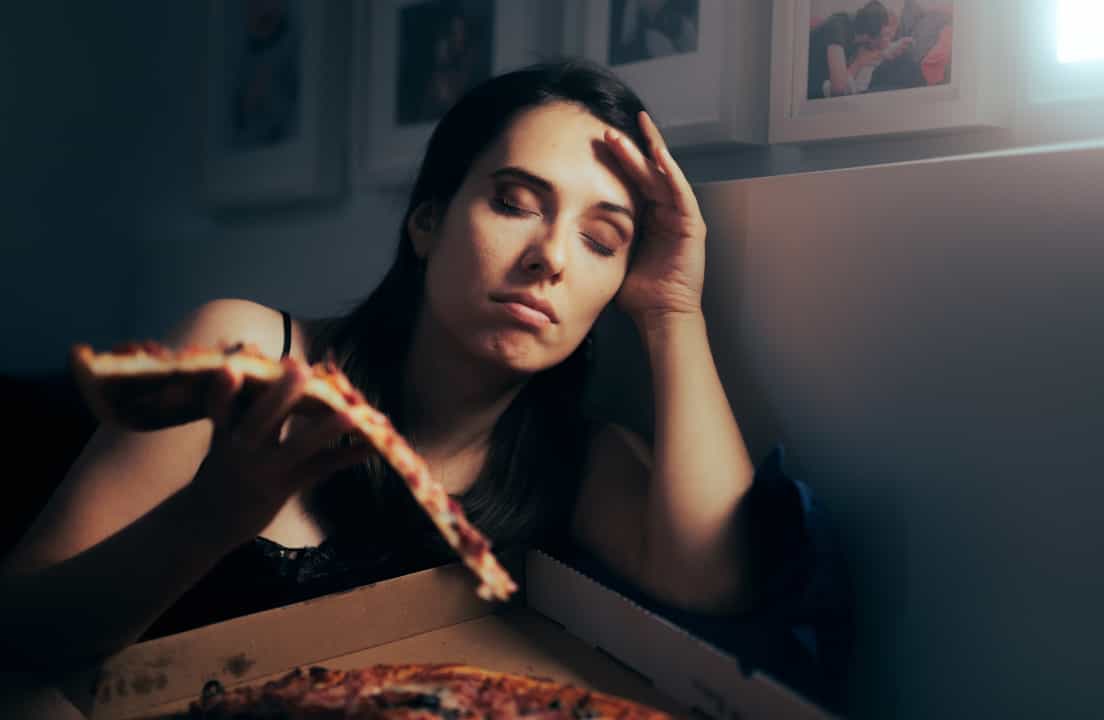
A UK survey found that:
- 88% admitted they’re tempted to eat even when they’re not hungry.
- 43% said food is on their mind “all the time.”
- 30% reported that food noise negatively impacts their mental health.
For people living with overweight or obesity, the experience tends to be even stronger — many people said their relationship with food feels uncontrollable, and nearly 70% said it directly harms their mental health.
Triggers for Food Noise
Researchers agree that both emotions and environment play a big role. Common triggers include:
Emotional triggers:
- Boredom
- Stress
- Low mood or depression
- Lack of sleep
For people with diabetes: we know hypoglycemia can easily drive the urge to eat more food than we need. But high blood sugars might, too.
Did you know that when your blood sugar is high, you might crave more food because even though there’s so much sugar in your bloodstream, your cells can’t access it without enough insulin.
Environmental triggers:
- Fast food on every corner
- Snacks within arm’s reach at work
- Social media posts
- TV ads
- Nighttime cravings
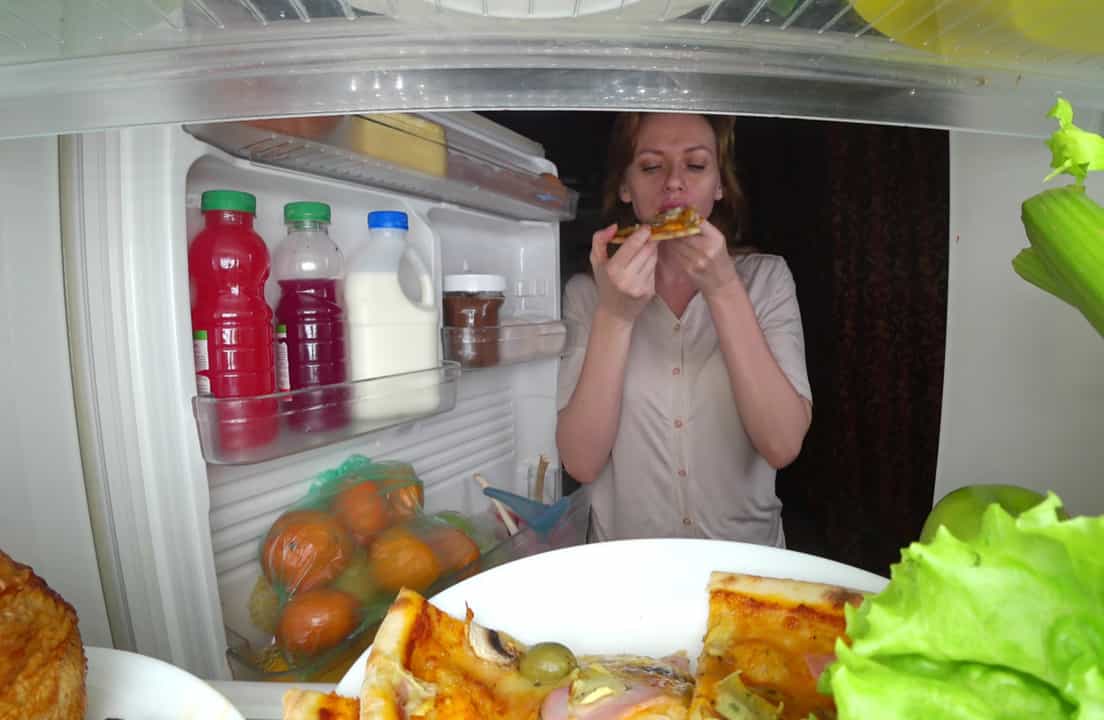
For people with diabetes: we know the constant pressure to eat the “perfect diabetic diet” is also a major driving factor around binge-eating and obsession with food. The moment you’re diagnosed, you’re being lectured on what to eat.
Even though we realistically know that perfection isn’t reasonable or necessary, we can still beat ourselves up over eating carbohydrates or dessert. GLP-1s can help improve your relationship with food.
Why GLP-1 Medications Matter
GLP-1 medications like Wegovy, Mounjaro, Zepbound, and Ozempic work in multiple ways: they slow digestion, improve insulin sensitivity, and tell your brain that you’re full after eating.
For people with diabetes, these GLP-1 medications seem to compensate intensely for the lack of those other five hormones we don’t regulate properly.
People taking these medications have described it as “turning down the volume” on food noise. You’re no longer battling willpower every day, all day long.
Getting a GLP-1 with Type 1 Diabetes
Nope, this isn’t easy. It really starts with how your doctor writes the prescription. If they simply state that you have type 1 and you want Ozempic, you will be denied coverage. Instead, your doctor will need to get a little creative, reporting that you have “impaired glucose” instead of type 1, and elaborating on post-meal blood glucose spikes, significant insulin resistance, and constant food cravings.
(Hey, the FDA just approved GLP-1s as a treatment for sleep apnea — so that could help some people get coverage.)
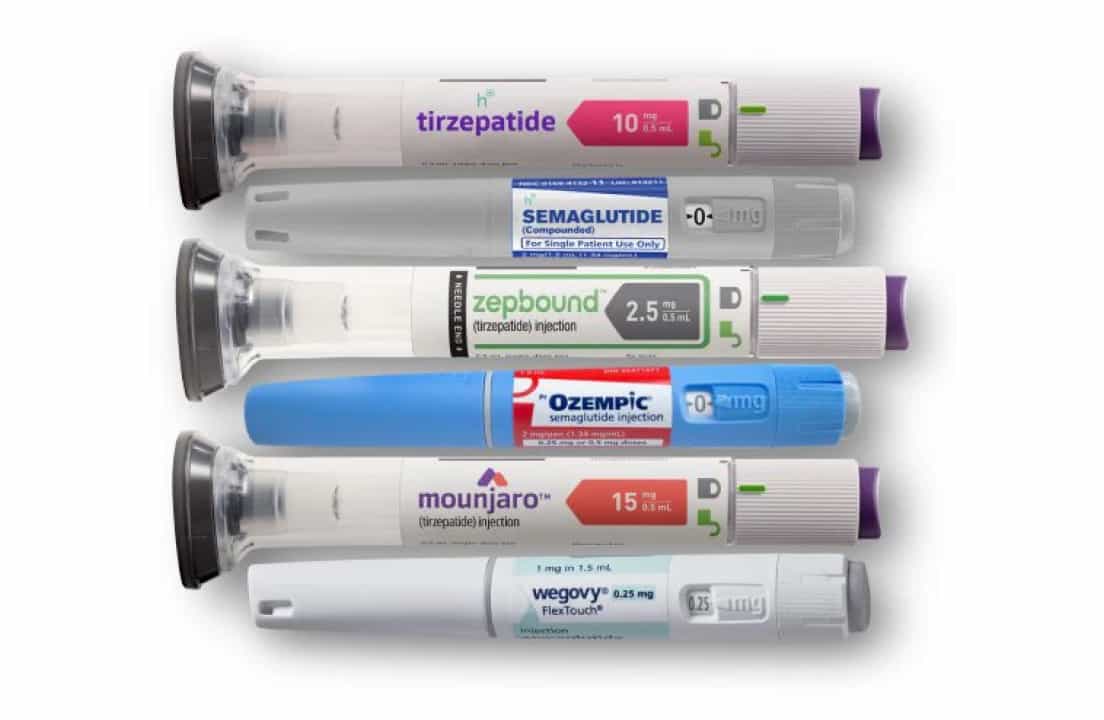
Microdosing Matters
Yes, there are side effects of GLP-1 medications, but most of these side effects are dose-dependent! This means: don’t take so much!
Chris Szoke, APRN, RD, and T1D has helped many of his patients with type 1 get GLP-1 medications, but he’s adamant about one thing: start on a low dose. “Most people with type 1 diabetes need a very small dose,” says Szoke. “Even if you’re overweight or obese, in my experience, you still need a very small dose with type 1, or you’ll be very sick with the digestive side-effects.”
Don’t rush the dosing, encourages Szoke. Ask your doctor to start you on the 0.25 dose and stay there for a while before you consider increasing.
Why This Matters for Diabetes
Living with diabetes often means food decisions are already front-and-center: carbs, insulin, blood sugar timing. Add food noise on top of that, and it can feel exhausting. Tools like GLP-1 medications, combined with thoughtful strategies, may make diabetes management feel a little less noisy and a lot more doable.








.webp)

.jpeg)
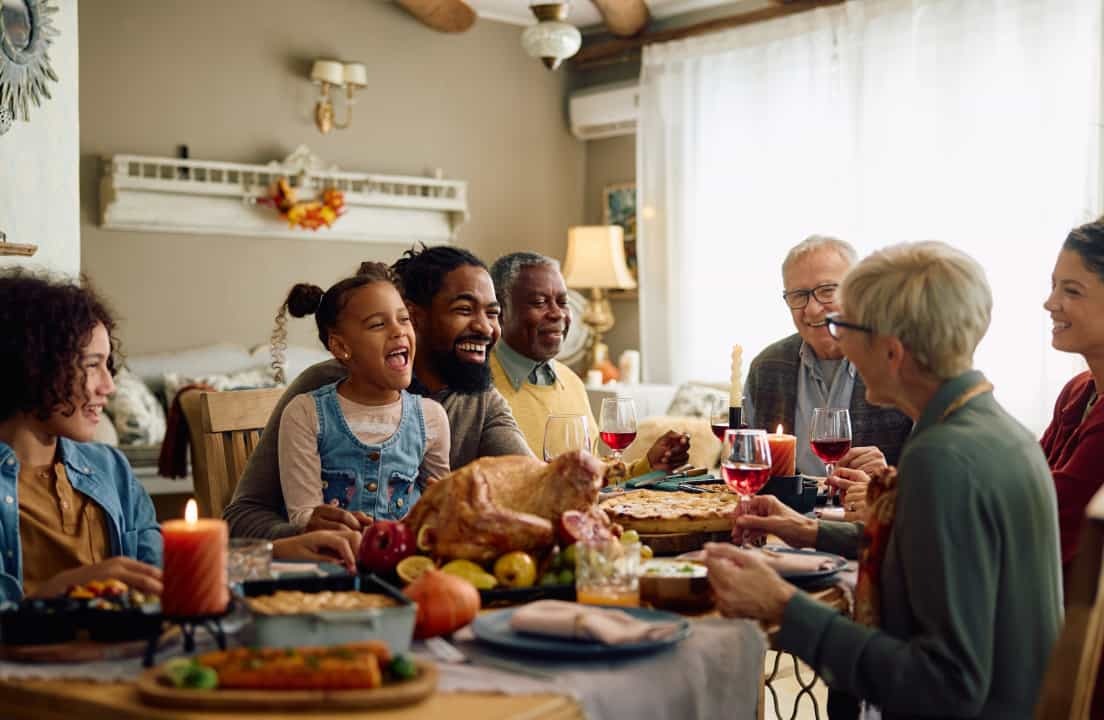


.webp)
.jpg)



.jpg)



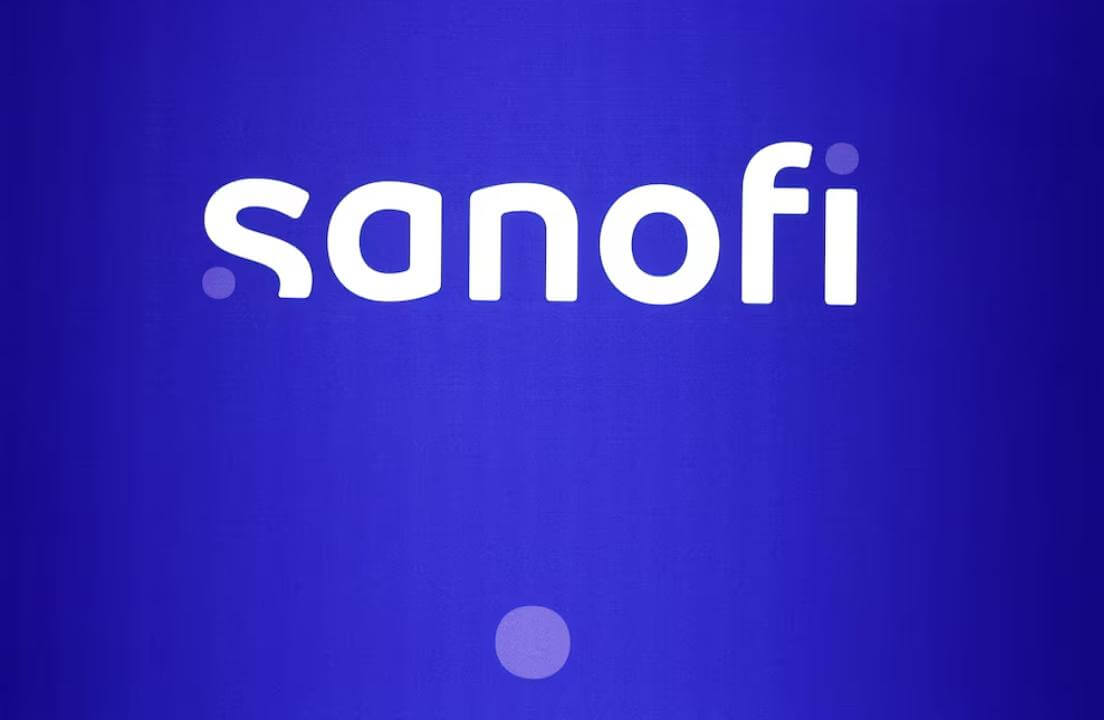
.jpg)
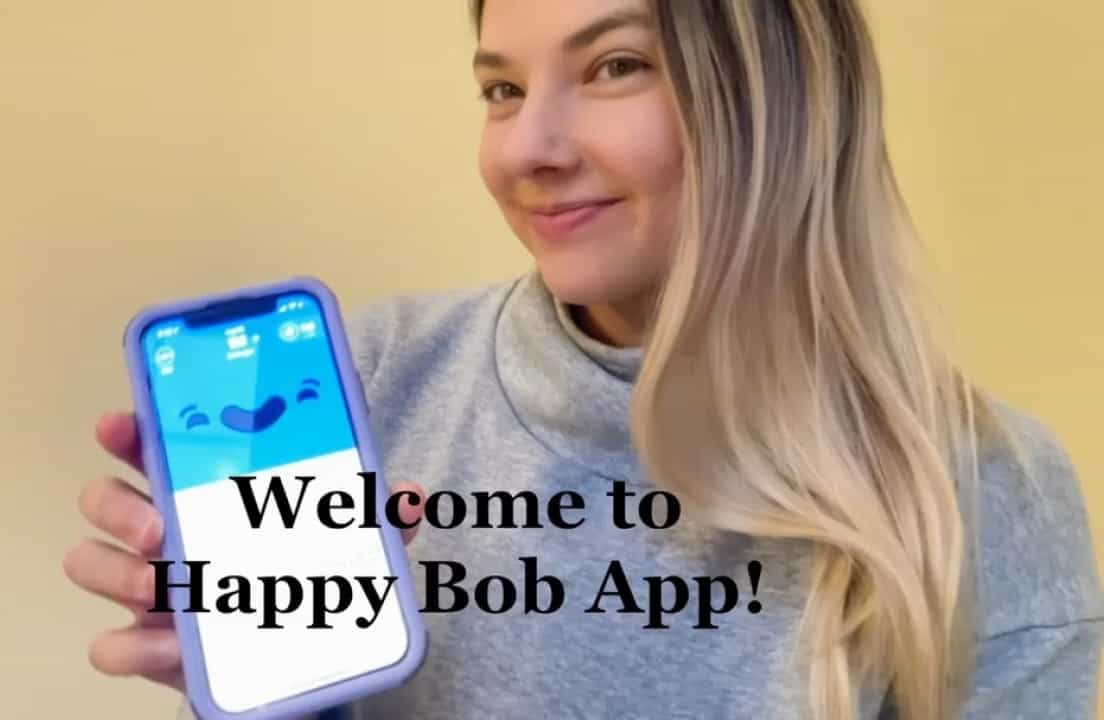
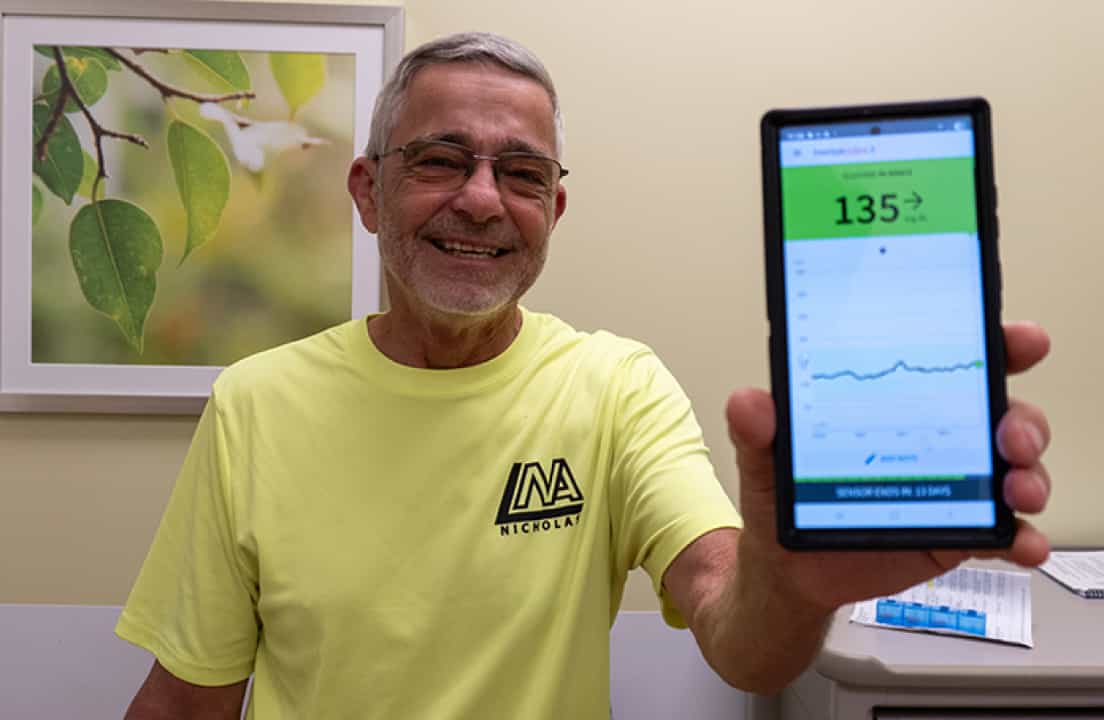

.jpg)
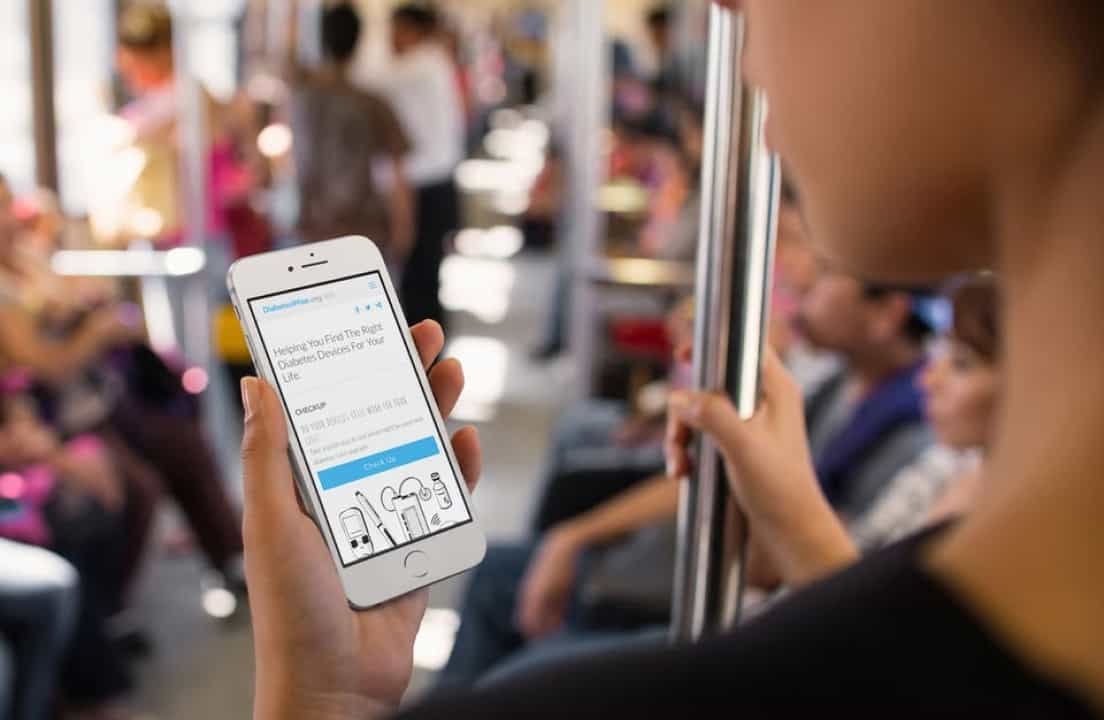
.jpg)




.jpg)
.jpg)
.jpg)
.jpg)
.jpg)
.jpg)
.jpg)

.jpg)
.jpg)
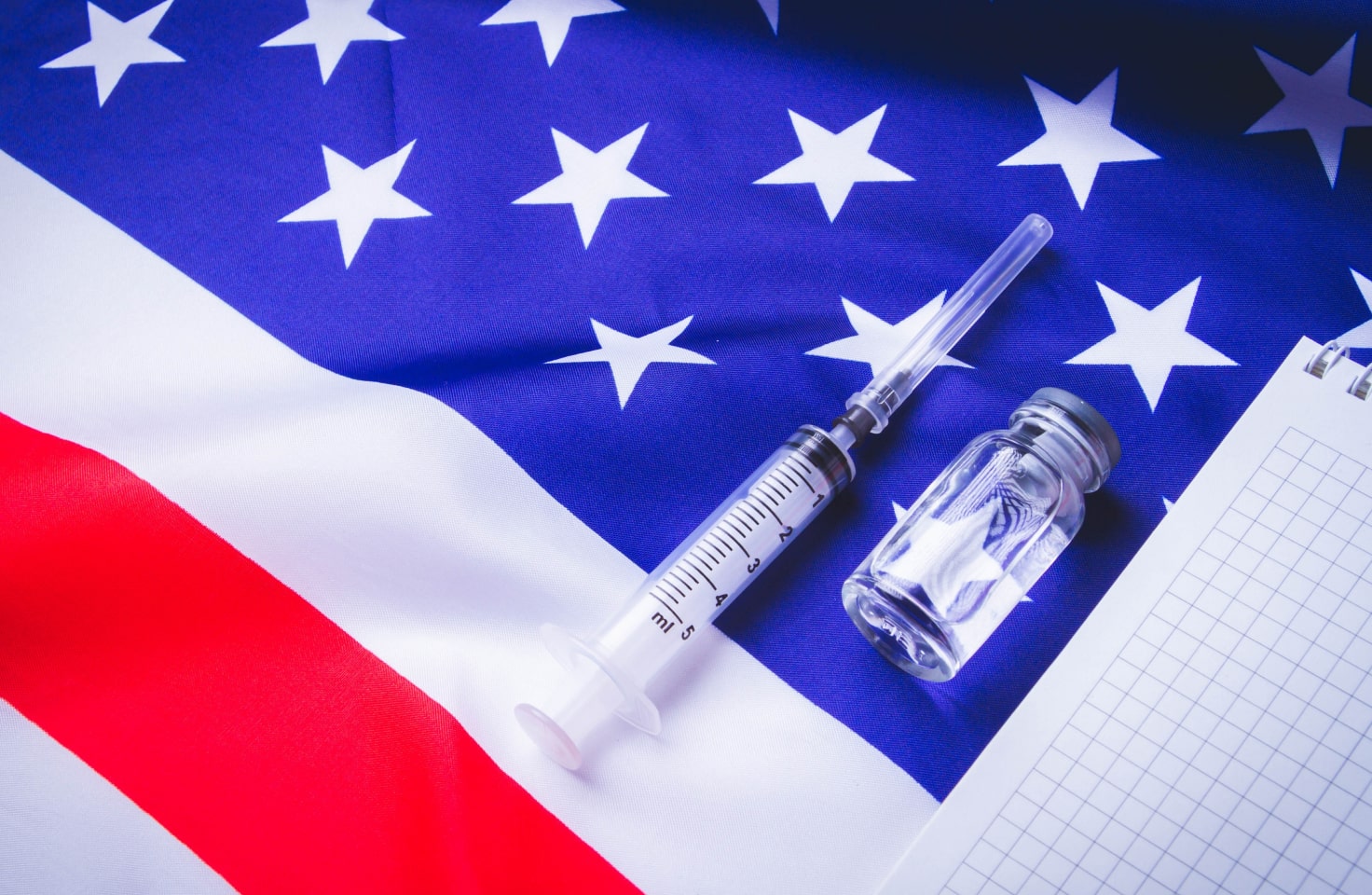
.jpg)



.jpg)
.jpg)
.jpg)

.jpg)

.jpg)

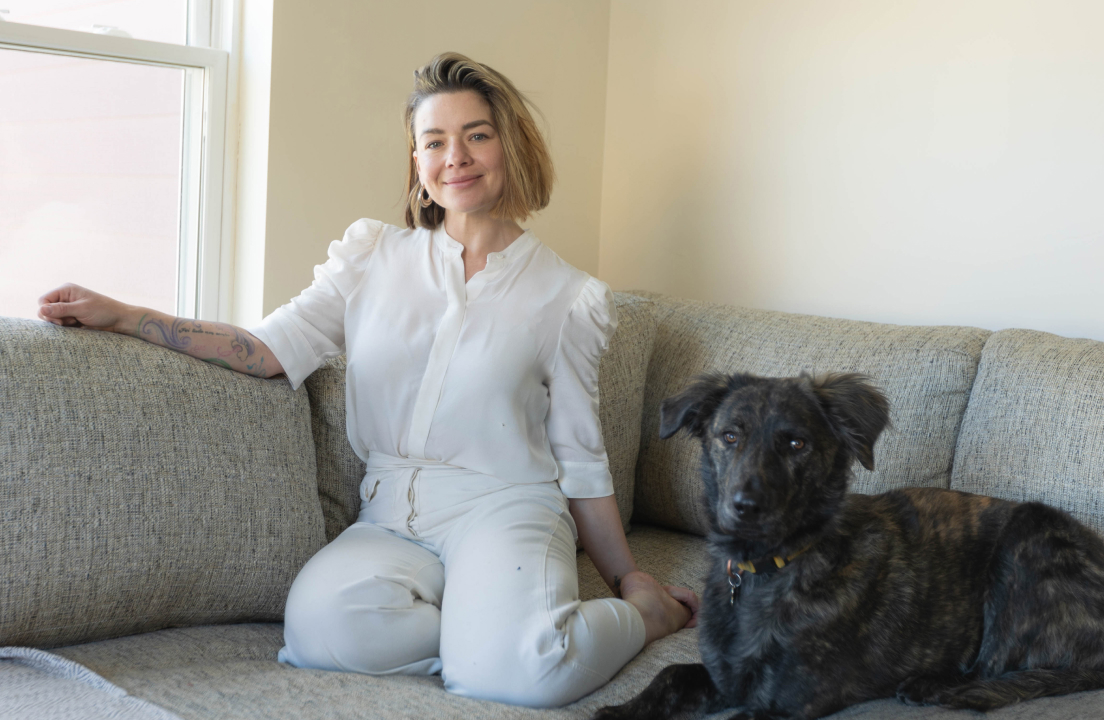












.jpg)


.jpg)







.webp)











.webp)



















.webp)







.webp)